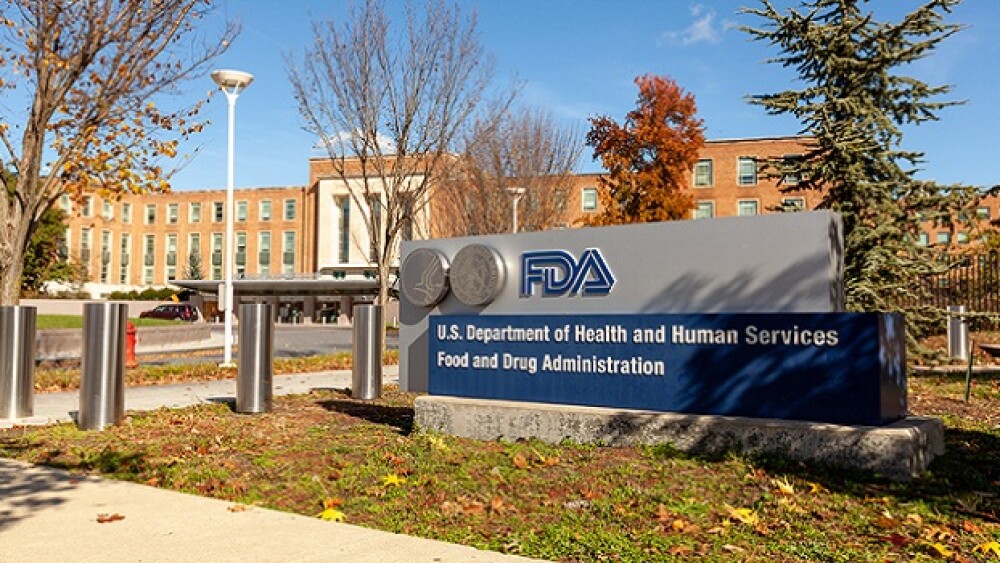At the Seraph Research Institute, scientists presented new research at the 2021 ASGCT that shows promise in treating HIV.
At the Seraph Research Institute (SRI) in Los Angeles, scientists presented new research at the 2021 Annual Meeting of the American Society of Gene and Cell Therapy (ASGCT) that shows promise in treating HIV. The study was presented by Serhat Gumrukcu, director of SRI and his team.
The case study was of a 54-year-old man with HIV whose disease was not completely under control with antiretroviral therapy (ART). The new approach was an adoptive cell therapy involving natural killer (NK) and gamma delta T-cells (gdT) from a healthy donor. The patient was treated by Phillip Musikanth, HIV specialist and medical director of Seraph Medical, SRI’s clinical site.
“Great advances have been made in the treatment of many disease states including HIV, with immune-based therapies,” Musikanth said. “We have yet to master eliminating HIV from the human host. Our novel approach here offers some new insights to try and achieve this goal by applying immune-based strategies.”
The treatment started by stopping the use of antiretroviral drugs and providing “preliminary supportive medications to ready the body for the new cell therapy.” This caused an increase in HIV in the patient’s bloodstream.
About three weeks after treatment began, the man’s HIV levels started to drop. At 100 days, his viral load was below 20 copies/ml, which is the lowest level of detection. Now, more than a year from the start of the cell therapy, the patient’s HIV levels have stayed at or below that level, and he had not needed to take antiretroviral drugs.
Using alloreactive immune cells to eliminate undesirable targets was first pioneered in cancer in 1986 by Shimon Slavin in Israel. His focus was on chemotherapy-resistant cancers.
“Having worked on creating novel cell therapies for the past five decades, I think the treatment developed at the Seraph Research Institute has great potential to eliminate HIV-infected cells and educate the immune system to fight the virus in new ways,” Slavin said.
To date, only two HIV patients have been declared “cured” of the disease, although millions have their HIV under control via cocktails of antiviral drugs. Timothy Ray Brown, who died of cancer on September 29, 2020, was the first, dubbed the “Berlin Patient.” He was cured in 2007.
Initially diagnosed in 1995, a decade later, Brown was diagnosed with leukemia. He was treated at the Free University of Berlin via a stem cell transplant from a donor with a rare genetic mutation that provided natural resistance to HIV. After two procedures, it was successful, and in 2008 Brown was declared free of both HIV and leukemia.
In 2019, Adam Castillejo dubbed the “London Patient,” underwent a similar procedure. A UK resident, he was diagnosed with HIV in 2003 and began antiretroviral therapy in 2012. He was eventually diagnosed with advanced Hodgkin’s lymphoma and treated with a stem cell transplant in 2016 after receiving chemotherapy. He then received ART for 16 months. To determine if the HIV-1 infection was actually in remission, he went off ART. After being in remission for 18 months, he was tested and found that his HIV viral load was undetectable.
The donors for both men carried a rare genetic mutation called CCR5-delta 32, which causes resistance to HIV.
If viable, SRI’s approach is different and wouldn’t necessarily be limited to people undergoing rare cancer treatment. They are currently working to take their cell therapy into clinical trials.





